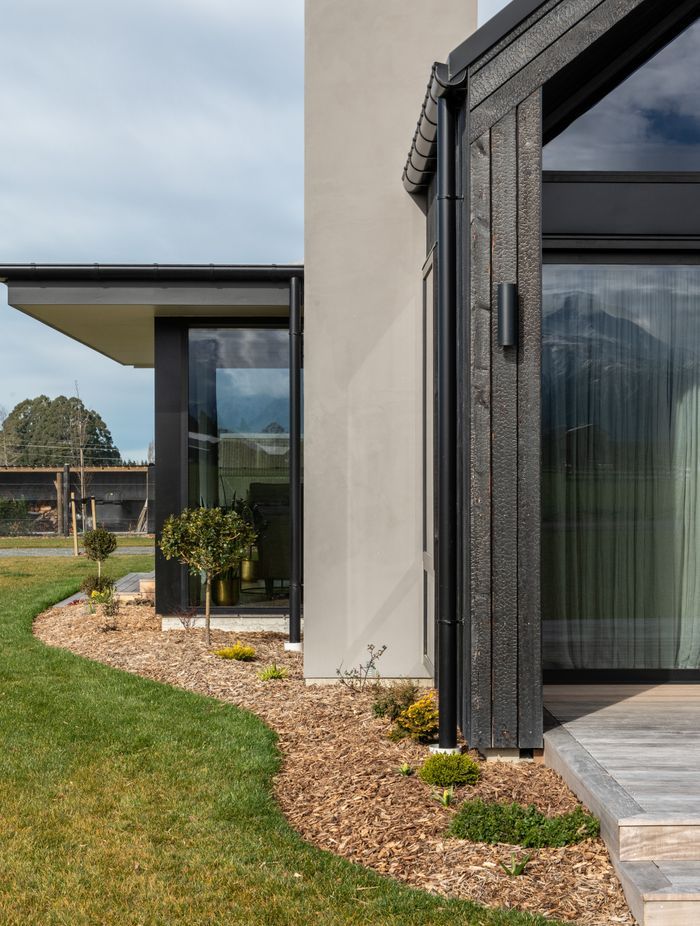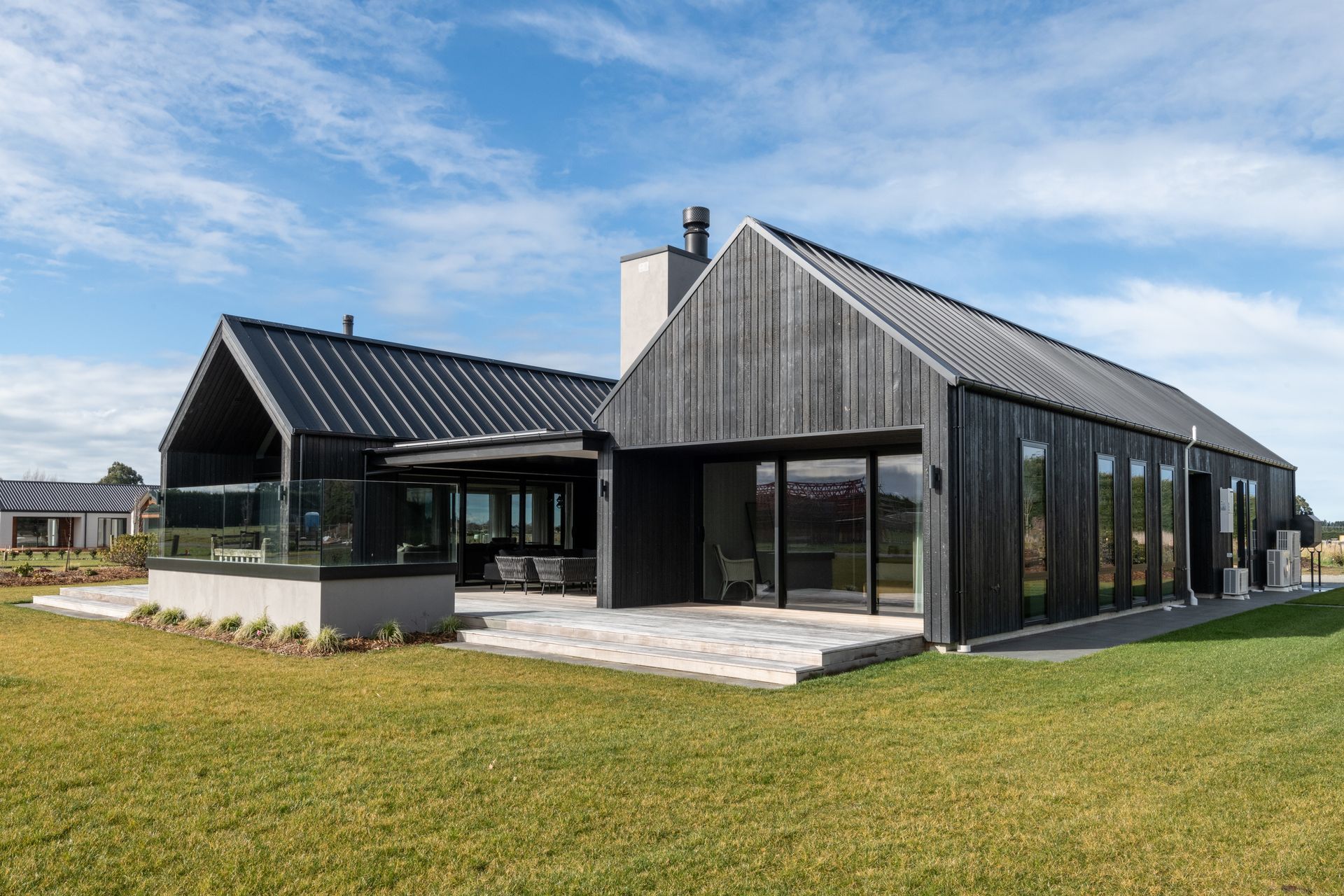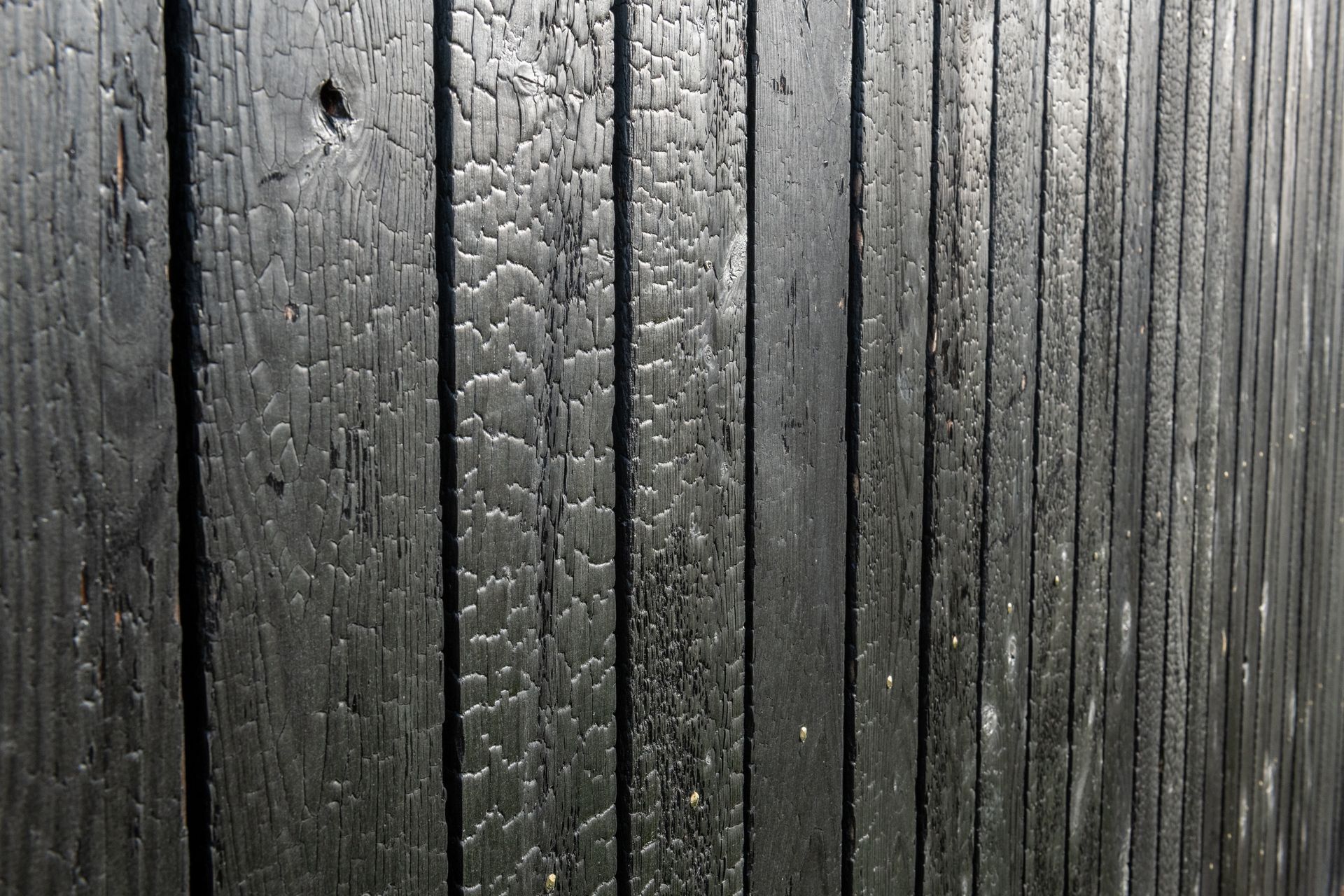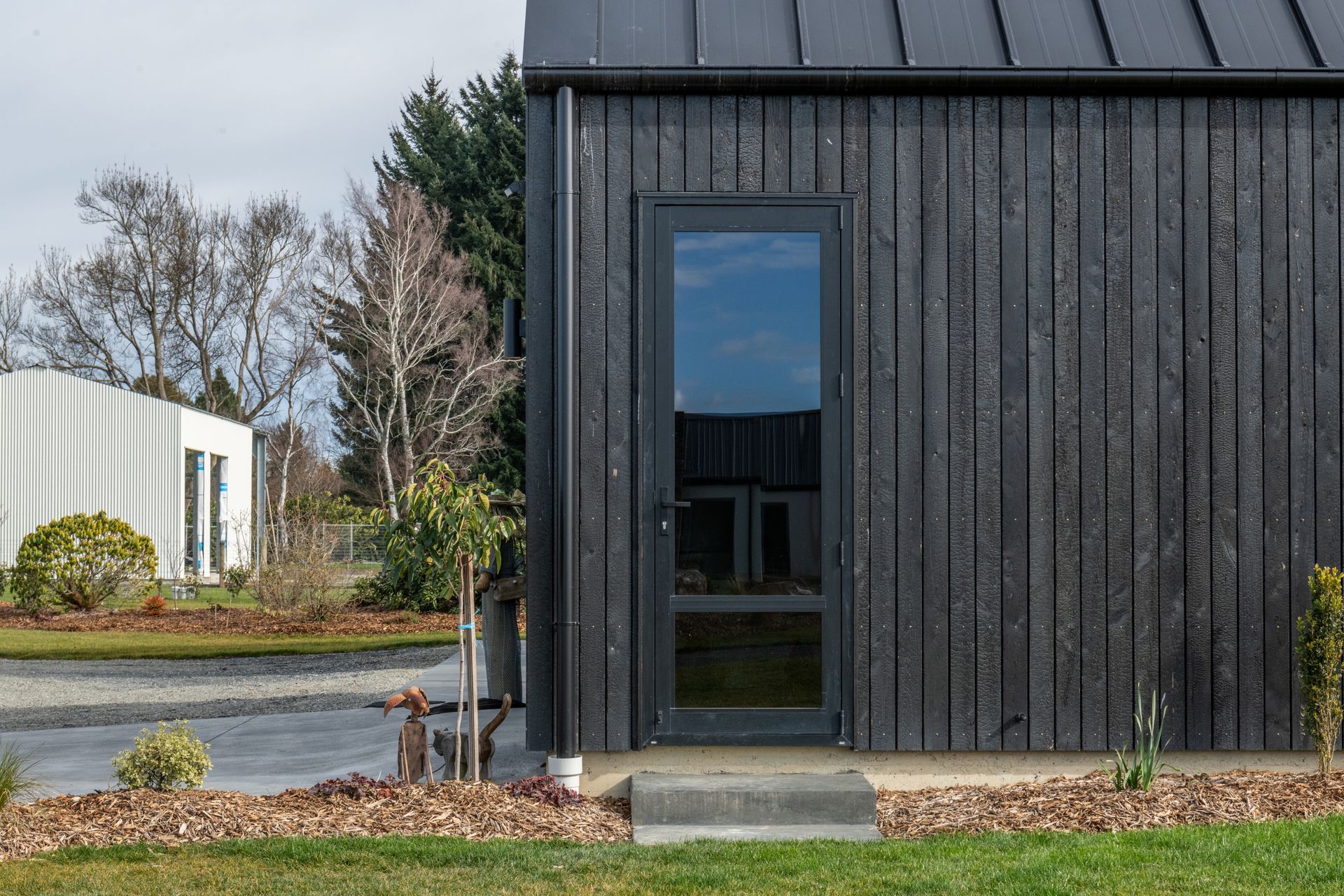Shou sugi ban: the timber-charring trend that’s firing up New Zealand’s exteriors

Though the practice of setting fire to wood to make it more durable may seem counterintuitive, there are centuries worth of examples to prove otherwise.
It’s generally accepted that the origin of the technique, which involves using a controlled flame source to char the surface of timber, traces back to 18th-century rural Japan. Farmers would char their fences and the façades of their homes and storehouses in a bid to protect them from blazes. The process, known as shou sugi ban, is a preservation technique that protects against not only fires but also general decay and insect infestation.
Since the 1700s, its popularity has died down in Japan – but it has gained renewed interest in the West in recent years as an alternative to conventional timber treatment – as well as an interesting aesthetic choice.
In Aotearoa, there's growing interest in the practice for use on residential cladding. Chartek, a New Zealand-owned and operated company that offers charred wood products for this purpose, offers not only this but also does work with internal ceilings, feature walls, fireplaces, rain screens, dining tables, and shelves.
To find out more about the technique and Chartek’s services, ArchiPro spoke to Chelsea Read, the Fire Master and Account Manager for the company.


ArchiPro: Tell me about the company and the service you provide.
Chelsea Read: We are a family-owned business with a focus on customer service. We are one of the only charring operations in New Zealand that follows the authentic methods used for centuries in Japan.
Charring wood is all that we do, and we love it. We are a charring service, not a timber company, but we have reliable timber suppliers that we work with to make the process seamless. This is to help make the charred timber cladding effective for you; we don't make a cut on the timber you send us to char.
We have a range of different types of timber that we work with and can create different aesthetics - from an alligator skin look to a brushed grain timber look.
AP: Can you walk me through the shou sugi ban process?
CR: Our customers purchase their choice of timber and get it delivered to our site in Christchurch. Once received, it goes straight into our purpose-built charring machine, which ‘cooks’ the wood at a heat of 900°C to the point of charring.
This is followed by a coat of our oil – specifically designed for us through Mainland Ink – that not only protects the timber, but hardens the charring for longer lasting results. We then rack it so it dries, then pack it by hand – and then it’s ready to be sent back to the customer.
Our usual turnaround for this process from start to finish is under three weeks.

AP: What makes shou sugi ban an attractive way of treating wood?
CR: There are many reasons why we love to char timber, and one of them the fact that the technique is so new to the New Zealand market that it makes homes look very unique.
Many people may be interested in it purely for its spectacular look, but it also provides several functional benefits: it’s very low maintenance, meaning no costs in the near future for scaffolding to repaint or stain the cladding of your home. It also repels any kind of insects or bugs as they don't like charred wood; it’s also UV, moss, mould, and fire resistant.
AP: How does the process ensure the integrity and durability of the wood?
During the process of building our charring machine, we had to seriously consider the implications of charring the weather groove of the shiplap profiles. So we built a unique weather groove protection mechanism – to our knowledge, the only one of its kind in the world. This mechanism ensures that the integrity of the groove is maintained, which is critical to keeping cladding systems waterproofed.

AP: Can you tell me about a recent successful project?
We have received amazing feedback from our customers in Methven regarding their charred timber. We’re able to use a wide range of different timbers in our work, not just cedar – and for this job, we used Siberian larch, which gave it a rustic and authentic look. We charred their timber late last year and were in Abode magazine in the May/June issue 2023.
Learn more about Chartek and its services, and see them at the Meet, Greet & Eat in Christchurch on 15 September 2023.

